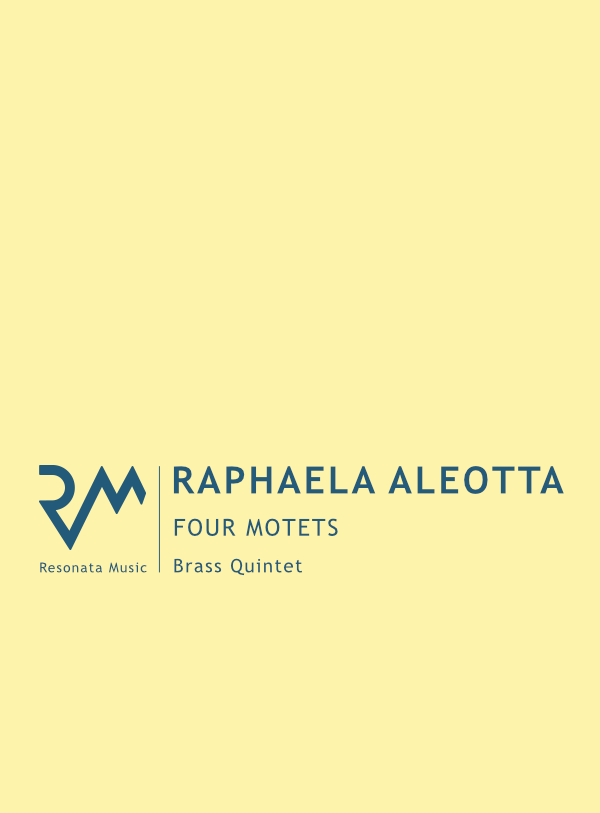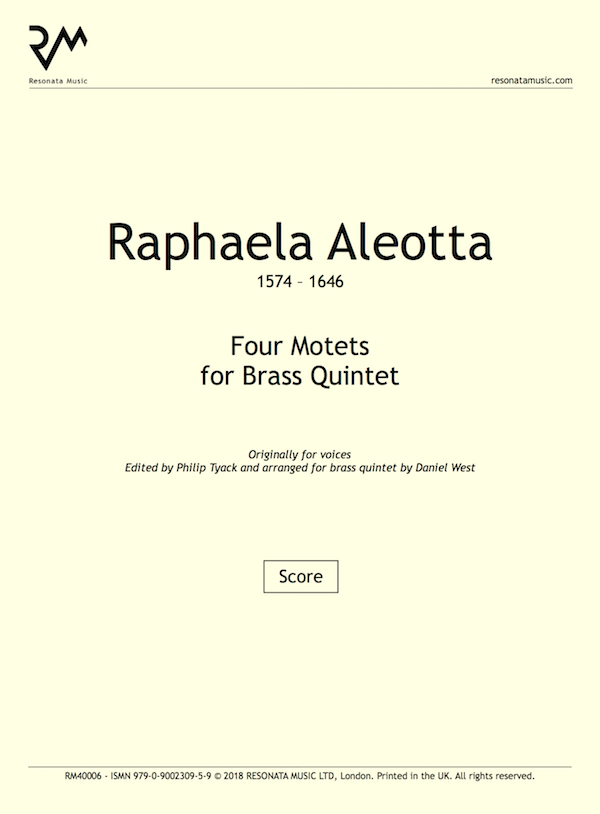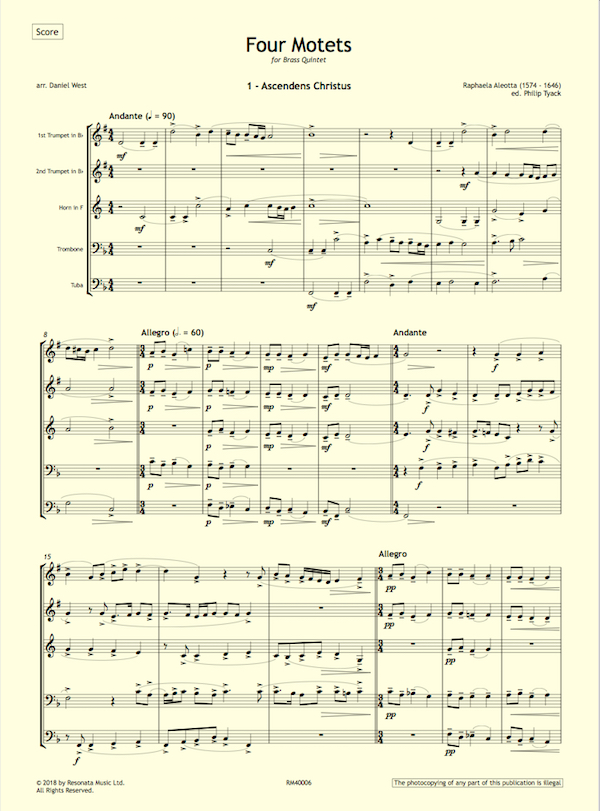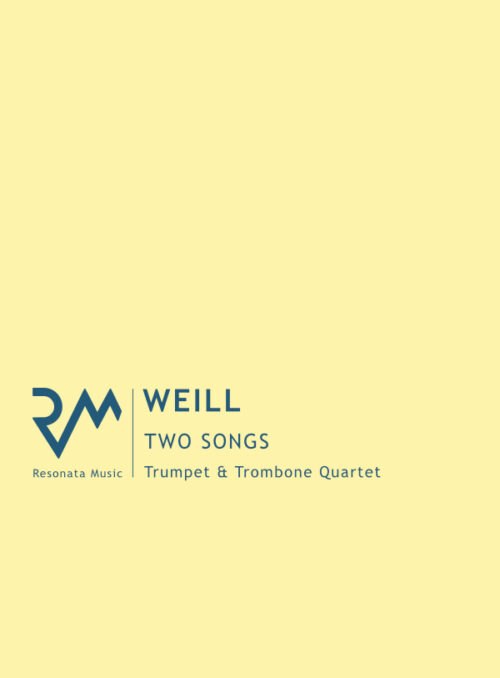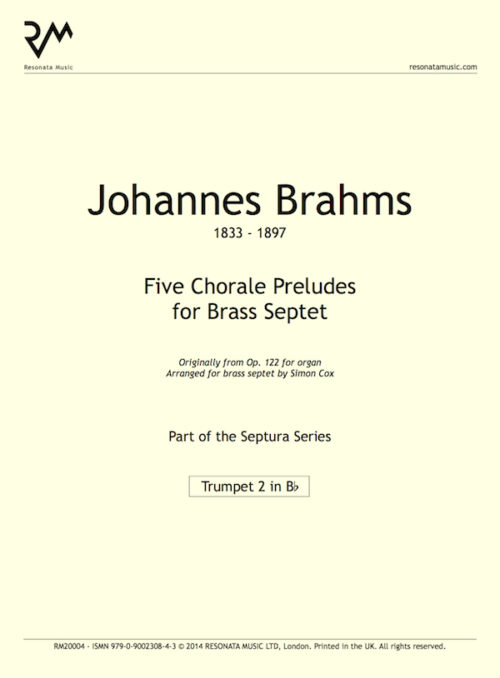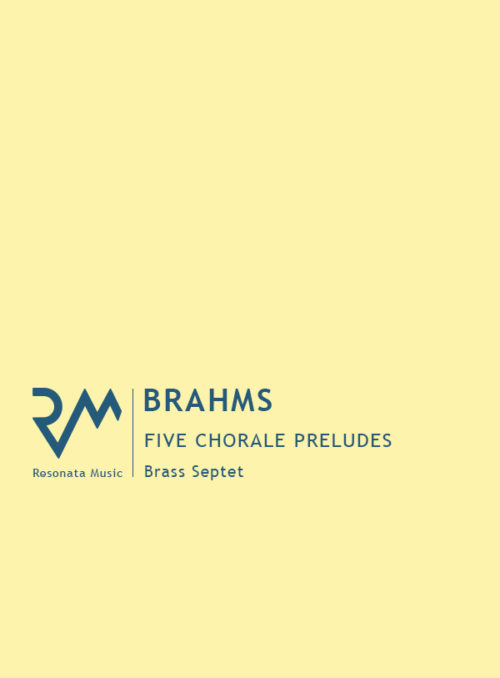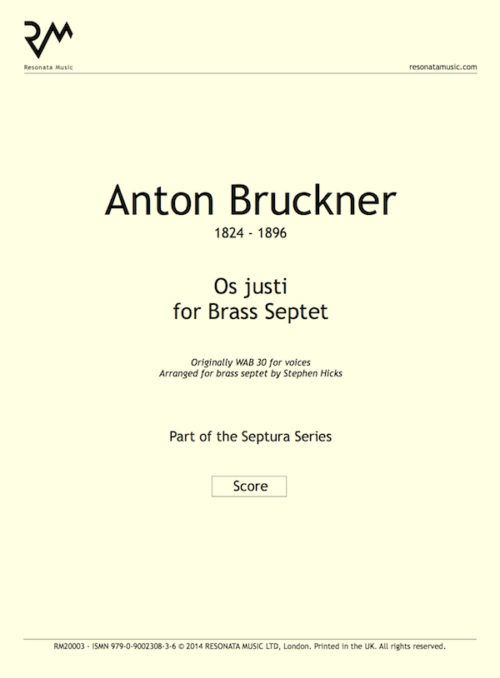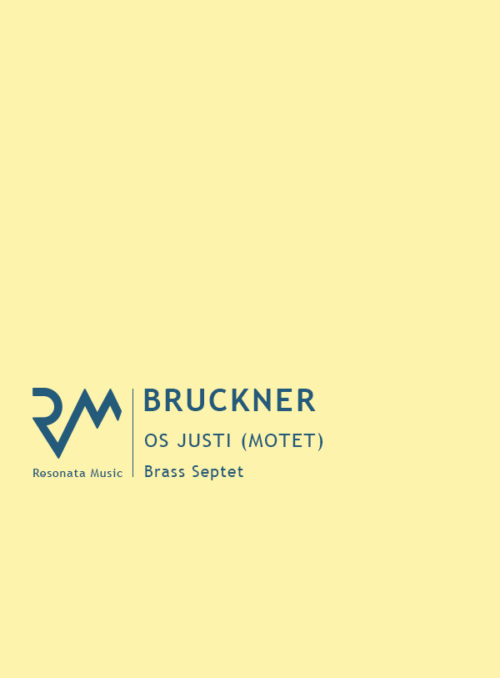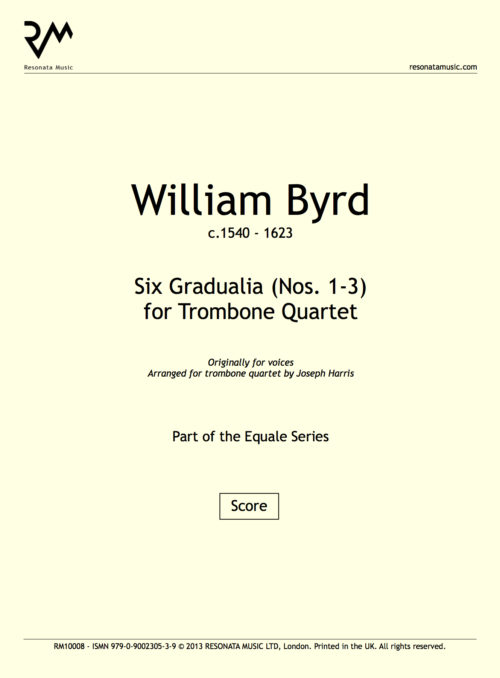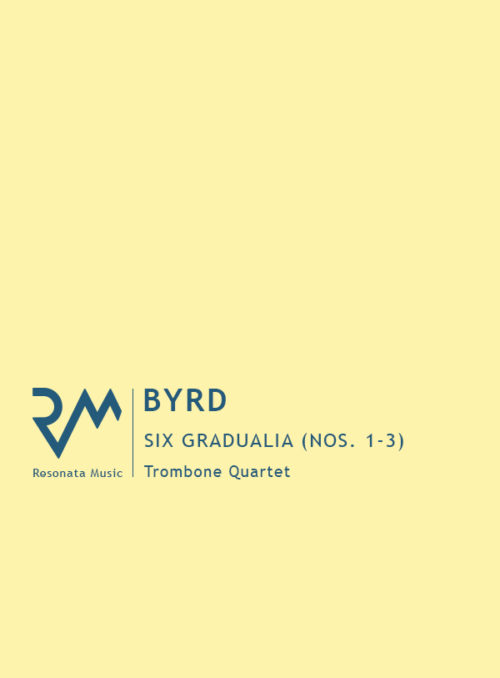Description
Raphaela Aleotta was born in Ferrara ca.1574, one of many daughters of Giovanni Battista Aleotta, the architect to the ruling family of Ferrara, at that time Alphonso II D’Este. She showed some musical ability at a very early age and at the age of 14 was admitted to the convent of S.Vito in Ferrara. She eventually was to become both Superior of the convent between 1636 – 39 and its ‘Maestra’ (head of music). She died ca. 1646.
(There is some confusion about her name: there is also a Vittoria Aleotta who may have been her sister. Or more probably she may have been born Vittoria but changed her name to Raphaela on becoming a nun. The family name is often given as Aleotti. On the preface to the printed edition of 1593 however it is given as Aleotta.)
Ferrara had been noted for the quality of its music and culture in general, certainly since the time of Isabella d’Este who married into the Gonzaga family in Mantua. Equally Ferrara was renowned for a profusion of woman musicians, of whom Raphaela Aleotta was perhaps the most famous.
She published her collection of motets ‘Sacrae Cantiones’ for 5,7,8 and 10 voices in 1593. These 18 motets were printed in Venice by the printer Amadino – the first music by a woman to be printed. Venice had been a pioneering city for printed music since its invention by Petrucci in 1501. In the same year (1593) she had printed a collection of madrigals with a different printer, Giacomo Vincenti.
The style of the motets will be familiar to those who know similar works by Gabrieli or Monteverdi. The voices would almost certainly have been supported by brass and a significant continuo section.
Parts included:
Score- Trumpet 1 in B-flat
- Trumpet 2 in B-flat
- Horn in F
- Trombone
- Tuba
Purchasing this product entitles you to download it three times. You will receive an email with a link to download your files upon completing payment.

